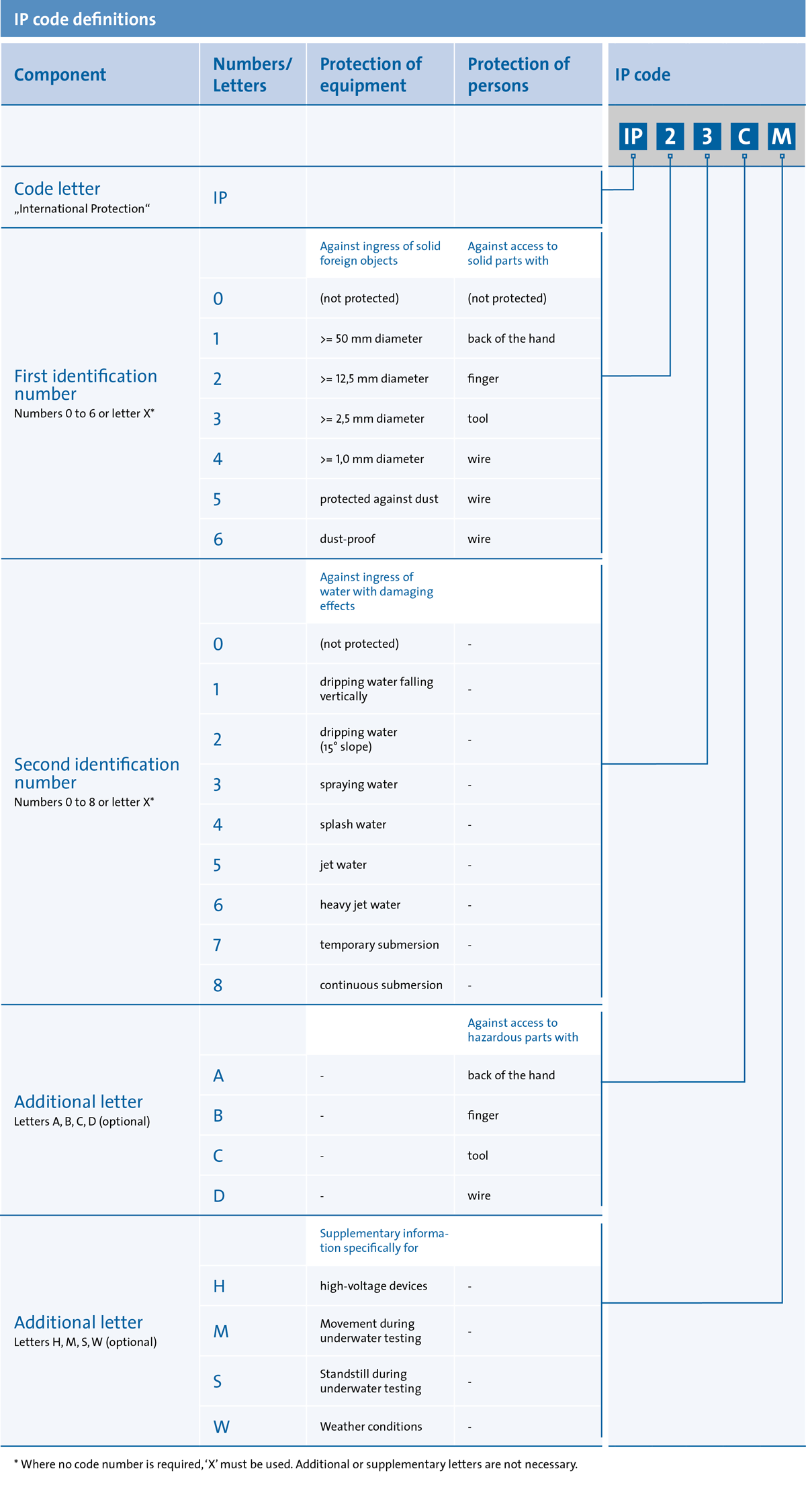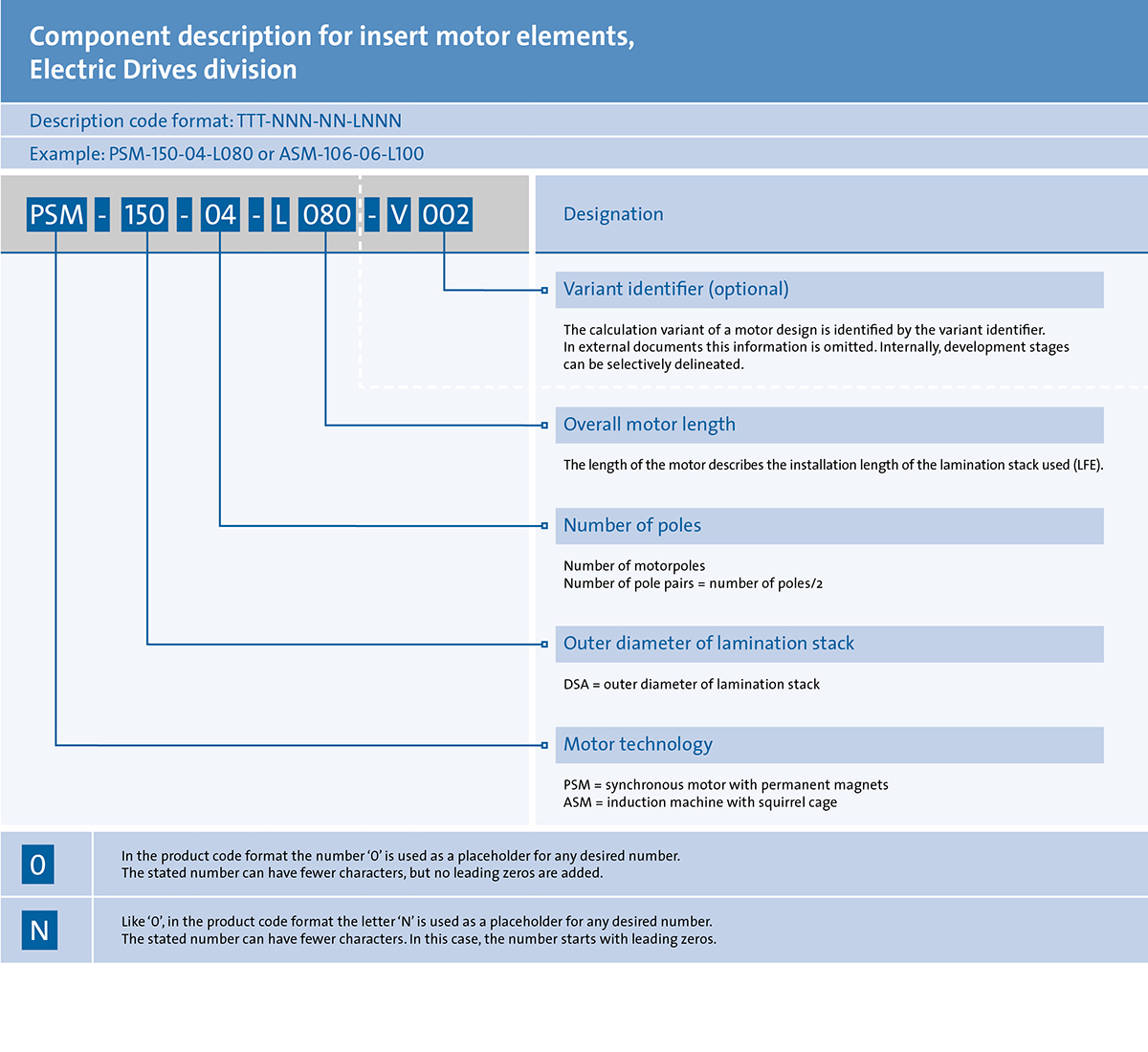Articles on important topics relating to electric drives at GMN are available in the following section.
Should you have any questions or comments that have yet to be presented here, please feel free to send them to us.

What does the degree of protection information signify in relation to electric drives?
What information does the type code for PSM motor elements provide?
What is the meaning of the term “rotating element” in the view of GMN?
What does the degree of protection information signify in relation to electric drives?
The degree of protection defines the degree of protection achieved for the machine by the motor design.
The emphasis is on aspects of personal protection and the protection of machinery:
In the IP code a code is defined that is used as a simplified means of displaying the manufacturer’s protection guarantees for the machine under consideration.

Sources:
– European/German standard DIN EN 60034-5 (VDE 0530-5):2007-09
– International standard IEC 60034-5:2006
What information does the type code for PSM motor elements provide?

What is the meaning of the term “rotating element” in the view of GMN?
A rotating element is regarded as a combination of parts that rotate around a central axis of rotation. GMN uses the term to distinguish from the shaft which always has be present as an integral component. Other elements can be arranged on the shaft. For this purpose, GMN offers a wide range of products that can be used to turn a shaft into a complex rotating element.
Custom solutions can be created on request. A built-in motor is a rotating element combined with a built-in stator. This allows the customer to retain full authority over the development process for the housing, application interface and the entire design environment and still benefit from GMN’s specific high-speed know-how.

Besides the shaft, GMN can offer the following elements: